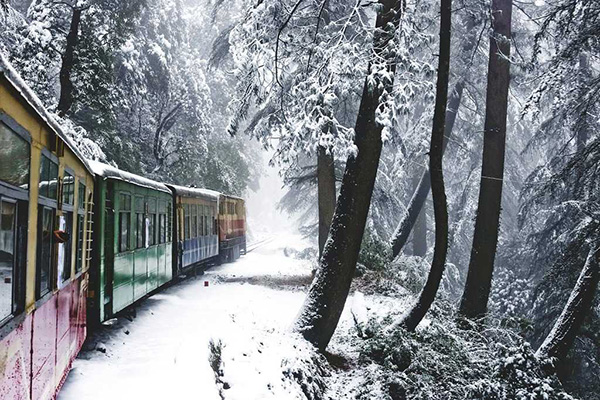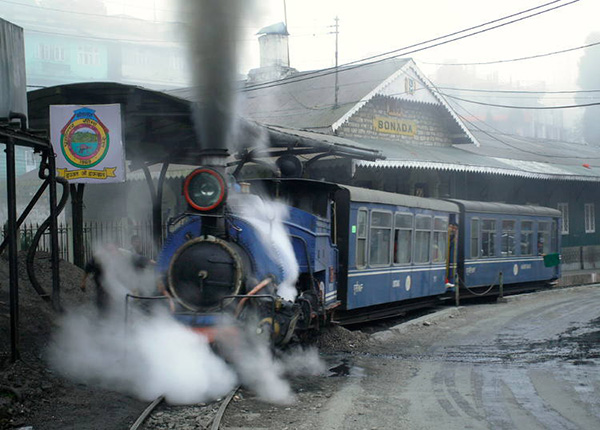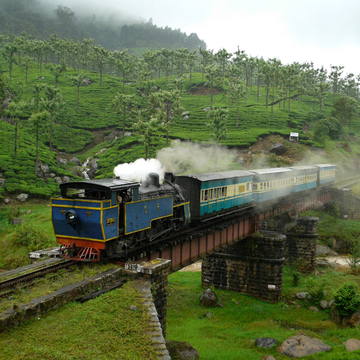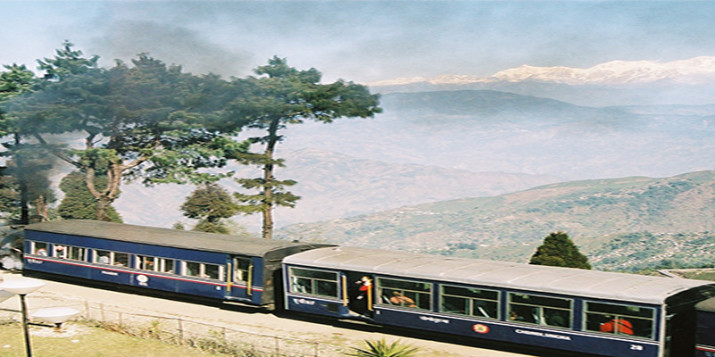Chugging up to the Clouds
While the British Raj in India left behind an institution that is maintained and cherished to this very day—a sprawling railway system – no part of it is more impressive and breathtaking than the three mountain railways; grouped together as a single World Heritage Site: the Darjeeling Himalayan Railway, the Nilgiri Mountain Railway, and the Kalka-Shimla Railway. (The fourth, Neral Matheran Railway, in the western ghats near Bombay/Mumbai; which connects Neral to Matheran, has been shut down recently.)
The Darjeeling Himalayan Railway is located in the foothills of the Himalayas in West Bengal (northeast India) and runs from New Jalpaiguri to Darjeeling; the Nilgiri Mountain Railways is situated in the Nilgiri Hills of Tamil Nadu (South India) and extends from Mettupalayam to Ooty/Udhagamdalam; and the Kalka-Shimla Railway is located in the Himalayan foothills of Himachal Pradesh (Northwest India), connecting Kalka with Shimla/Simla.
Popularly known as “toy trains,” they offer a delightful ride, chugging along as they wind up the steep ghats, offering an unmatched adventure on tracks. Since their construction, these Mountain Railways have demonstrated the application of bold and ingenious solutions to establishing an effective link across hilly terrains. Fully operational and still functioning, they are living examples of the engineering enterprise of the late 19th and early 20th centuries. Further, they have also acted as socio-economic lifelines for isolated communities in this mountainous region.
The station of origin in the foothills base is accessible by conventional rail lines or road. Each route is linked to a connecting train, from where travellers switch over to the Mountain Railway. Further, While each of the threetrains to Darjeeling, Ooty & Simla, and their routes has its own special identity, distinct from the others, all are accompanied by panoramic view of the passage on the way up.
Being immensely popular with visitors, seat reservation needs to be done in advance, especially during the holidays. The routes are also subject to occasional weather-related closings, including high snowfall in the northern mountains and monsoon washouts. The best time to travel is usually after winter (around March) till the start of the monsoon (in June).







